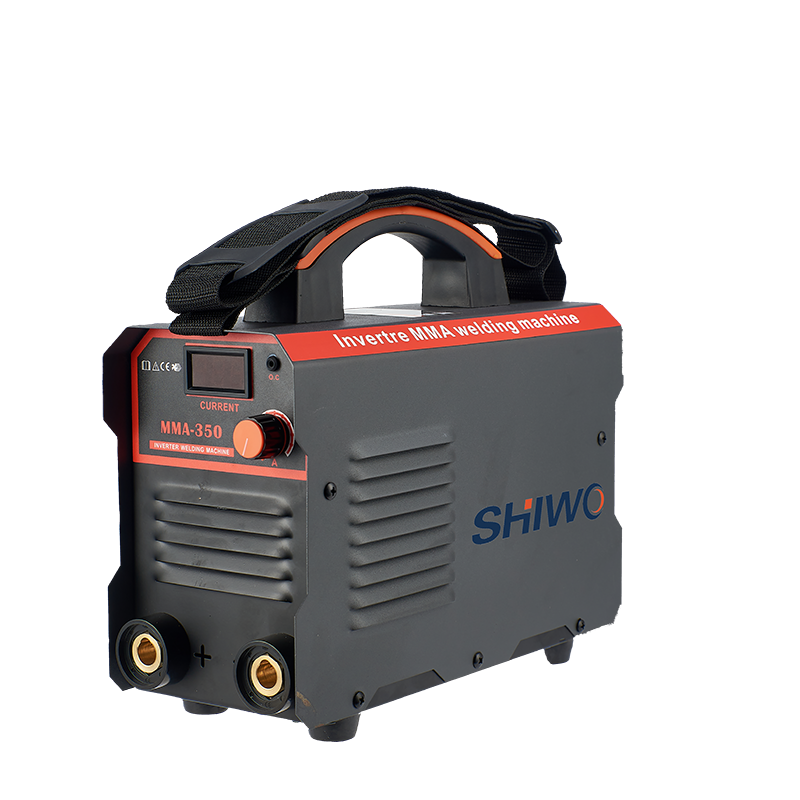With the continuous development of manufacturing industry, welding equipment, as one of the pillars of modern manufacturing industry, plays an increasingly important role. From automotive manufacturing to aerospace, from building structures to electronic equipment, welding equipment plays a vital role.
In the field of automobile manufacturing, the application of modern welding equipment has become an indispensable part of the production line. The introduction of automated welding equipment has greatly improved production efficiency and product quality, while reducing labor costs and production cycles. The accuracy and stability of these devices enable automakers to produce safer and more reliable automotive products.
In the aerospace industry, welding equipment also plays a key role. Aerospace products have extremely strict material requirements, and the high-temperature and high-pressure welding technology of modern welding equipment can ensure the structural strength and safety of aerospace products.
In the construction field, welding equipment also plays an integral role. Modern building structures require a large amount of metal welding, and efficient welding equipment can ensure the firmness and durability of the building structure.
In the field of electronic equipment manufacturing, the development of micro-welding technology enables welding equipment to achieve precision welding of tiny parts, providing key support for the manufacturing of electronic equipment.
In general, modern welding equipment has become one of the pillars of the manufacturing industry, and its continuous innovation and development will continue to promote the progress and development of the manufacturing industry.
Welding is a transformative process that allows us to transform raw metal into structures that shape our world. Behind every well-executed weld is a vast array of welding equipment that welders rely on to achieve their vision.
Welding machine
The heart of any welding setup is the welder. These machines provide the necessary power to generate intense heat that melts the metal they are attached to. There are several types of welding machines, each type is tailored to a specific application:
Stick Welders: Ideal for construction and field work, stick welders use consumable electrodes with a flux coating to create strong welds.
MIG Welding Machine: MIG welding machines are commonly used in the manufacturing industry and use a continuous wire electrode to achieve accurate, high-quality welding.
TIG Welders: TIG welders offer precision and control that make them ideal for complex jobs and aesthetic-focused applications.
Plasma Cutters: In addition to welding, plasma cutters can be used to accurately cut metal, making them an integral part of the manufacturing process.
Welding helmets and safety equipment
Welding helmets and safety gear are your first line of defense against potential hazards. Welding helmets with auto-darkening lenses protect the welder’s eyes from harmful UV and infrared radiation. In addition to helmets, welders wear flame-retardant clothing, gloves and respirators to protect themselves from the sparks, hot metal and toxic fumes produced during the welding process.
Electrodes and filling materials
In various welding processes, electrodes are the indispensable link between the welding machine and the workpiece. Flux-coated electrodes stabilize the arc and protect the molten pool from contamination. In processes such as MIG and TIG welding, filler materials are used to add material to the welded joint, thereby enhancing its strength and integrity.
welding gas
These gases, including argon, helium and carbon dioxide, protect the molten metal from the atmosphere, preventing contamination and ensuring weld quality.
Welding accessories
Welding accessories are often overlooked, but can be extremely valuable and can improve the efficiency and accuracy of your welding process. These include welding clamps, magnets and grounding clamps. The clamp holds the workpiece in the correct position, ensuring accurate welding, while the ground clamp establishes the correct electrical connection, preventing electrical hazards.
welding power source
Modern welding often relies on advanced power sources to provide better control and efficiency. For example, inverter-based welding machines offer improved energy efficiency, portability, and accurate control of welding parameters. These power supplies are becoming increasingly popular in industrial and home welding applications.
Welding automation
Automation has transformed the welding industry. Robotic welding systems are used in manufacturing to increase efficiency and consistency. Equipped with sensors and advanced programming, these systems accurately control the welding process to produce high-quality welds faster.
As technology continues to advance, welding equipment continues to evolve, offering greater precision, efficiency, and versatility. In the hands of skilled welders, this equipment continues to shape our world, allowing us to build structures and products that stand the test of time.
Post time: May-22-2024

